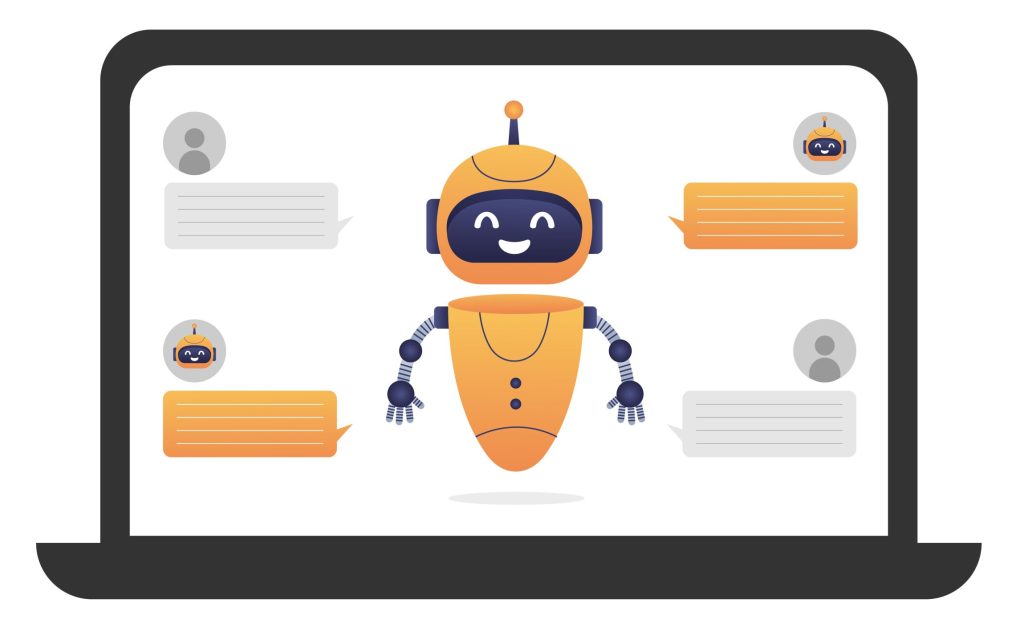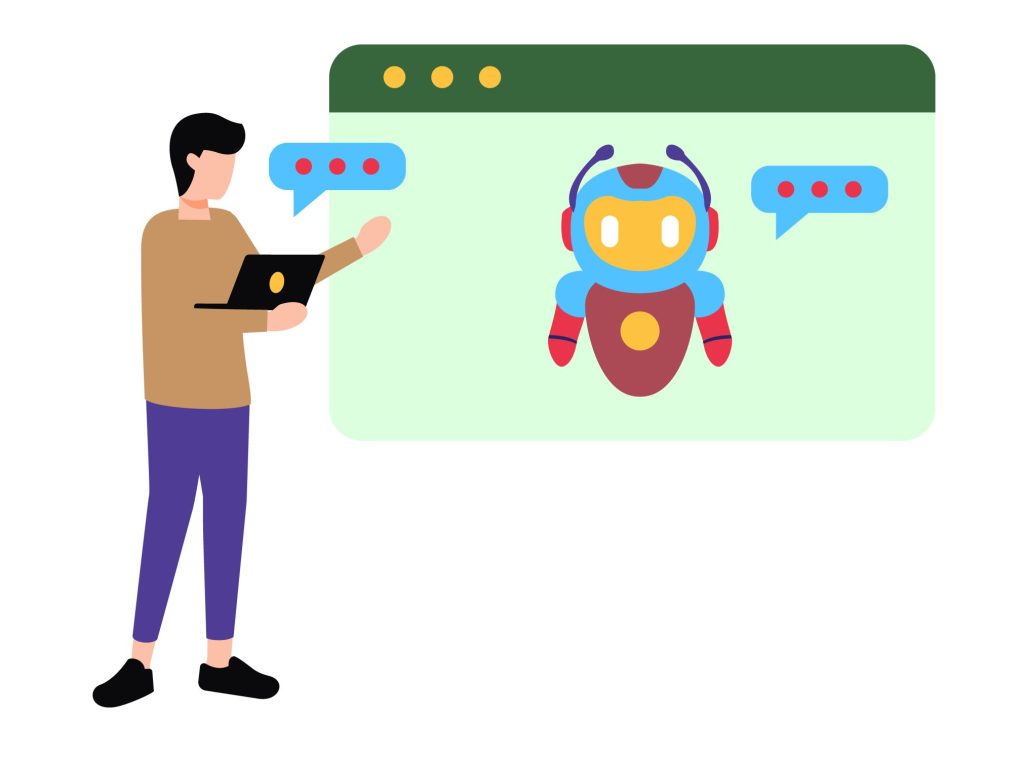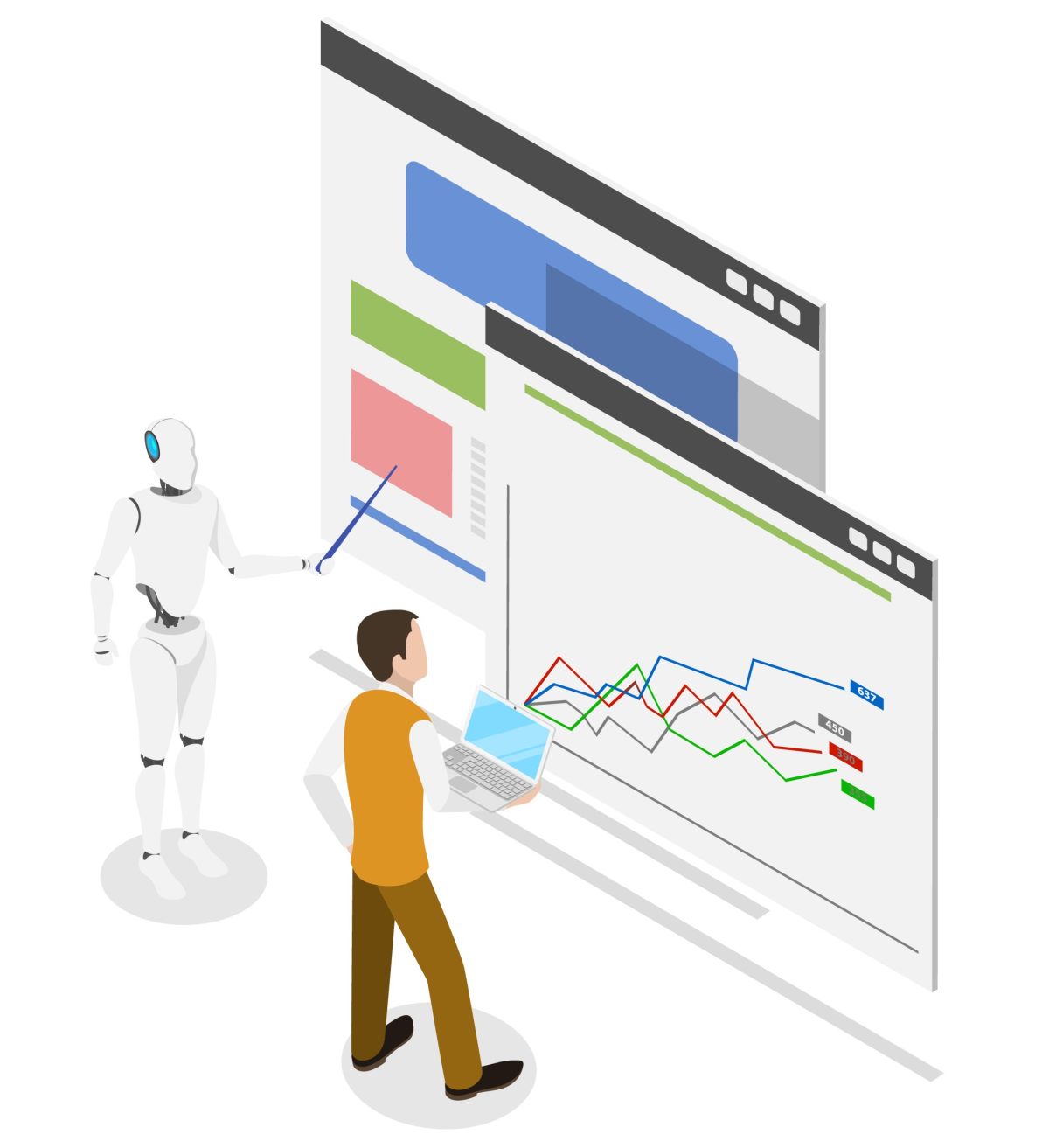In the fast-paced world of software development, setting clear goals and staying aligned can be a daily challenge, especially for SMEs with limited resources. Development teams often juggle feature backlogs, bug fixes, testing demands, and shifting priorities. To address this, AI-powered prompt strategies offer a practical solution. They allow developers and team leads to define SMART goals, identify bottlenecks, and improve productivity through focused, actionable outputs. Whether your developers are building internal tools or customer-facing applications, these AI Prompt Strategies for Developers can act as a catalyst to clarify direction and drive better results.
By – Vamsi Bhumireddy (CTO)
Why Use AI for Goal Setting in Development Teams?
Development teams thrive on clarity, but product scope, client expectations, and timelines are constantly evolving. AI-generated prompts help cut through the noise by offering contextual insights that guide goal creation. Instead of relying solely on intuition or spreadsheets, developers can use AI to set measurable objectives, identify blockers, and delegate tasks more effectively. For SMEs, this means your team works smarter with less trial-and-error, leading to faster product cycles and stronger code quality.
5 Essential AI Prompt Strategies for Developers
Each AI Prompt Strategies for Developers includes a practical prompt template, an example output, and why it helps SMEs optimise goal setting in software development.
1. Align Sprint Objectives with Business Goals
Prompt: “Create a SMART goal for this sprint that aligns with [business objective] and prioritises [feature or function].”
Example Output: SMART Goal: Implement the user authentication module by the end of the 2-week sprint to support the launch of the client dashboard. This includes front-end login UI, back-end token validation, and unit tests for security.
Why this is useful: It helps the dev team tie their work to outcomes that matter to the business, ensuring alignment and purpose throughout the sprint.
2. Break Down Large Features into Actionable Milestones
Prompt: “Deconstruct the [feature name] into milestone-based development goals with estimated completion timelines.”
Example Output:
Feature: Chat Integration
Milestones:
1. Research and select a third-party API (1 day)
2. Backend setup and messaging logic (3 days)
3. UI implementation and styling (2 days)
4. Testing and documentation (2 days)
Why this is useful: Large features can feel overwhelming. Breaking them into smaller parts helps developers estimate more accurately and deliver in stages.
 3. Identify and Assign Technical Debt Resolution Tasks
3. Identify and Assign Technical Debt Resolution Tasks
Prompt: “Analyse the current codebase and suggest the top 3 technical debt areas with specific goals to improve them.”
Example Output:
1. Refactor the user profile controller to reduce code duplication.
2. Optimise database queries in the invoice module to reduce load time.
3. Document API endpoints missing in the current Swagger docs.
Why this is useful: Keeps code maintainable and improves long-term stability, especially important for SMEs with fast-growing products.
4. Set QA and Testing Goals per Release
Prompt: “Generate a QA goal for the next release that improves test coverage and ensures regression checks for core features.”
Example Output: QA Goal: Increase test coverage from 65% to 85% by writing unit tests for all modules in the payments flow and ensure full regression test completion 2 days before release.
Why this is useful: Promotes a structured approach to testing and ensures bugs don’t make it to production, protecting your reputation and reducing rework.
5. Monitor and Improve Code Review Efficiency
Prompt: “Set a team goal to improve the quality and speed of code reviews for this development cycle.”
Example Output: Team Goal: All pull requests must receive initial review feedback within 12 hours. Introduce a checklist to standardise reviews and reduce post-merge bugs by 30%.
Why this is useful: Encourages consistency in code quality and ensures valuable team time isn’t wasted on repeated errors or delays.
Example Output of AI-Generated Goal Setting
Scenario: An SME development team is preparing to release a new feature and wants to reduce post-deployment bugs and missed deadlines.
Prompt: “Create a sprint goal that prioritises reducing post-deployment issues while meeting the delivery timeline.”
AI Output: Sprint Goal: Complete and deploy the “Advanced Search” feature by March 15, including full unit and integration test coverage, and peer review for all modules. Track post-release issues for 7 days to measure success.
Why this is useful: It turns a vague goal (“release the feature”) into a structured plan that includes testing, peer review, and measurement, minimising risk and improving quality.
 How Stratpilot Empowers Development Teams in SMEs
How Stratpilot Empowers Development Teams in SMEs
Stratpilot is your AI-powered companion for smarter project planning and team goal management. For development teams, Stratpilot offers customizable prompt templates, workspace suggestions, and guided goal-setting features that align your engineering efforts with business impact. It doesn’t automate your development cycle, but it helps you think strategically, define better tasks, and stay on track throughout sprints. Whether you’re building a product MVP or managing client features, Stratpilot keeps your team focused on what truly matters.
Start Structuring Developer Goals with Less Guesswork
Sign up for Stratpilot today and experience a smarter way to lead development teams with clarity, confidence, and aligned goal execution, purpose-built for growing businesses.
Frequently Asked Questions (FAQs)
Q: Can AI prompts help junior developers as well as experienced ones?
Yes. AI prompts provide structured guidance that benefits all levels, junior devs gain clarity on expectations, while senior devs can use them to delegate and plan more effectively.
Q: Do I need to integrate any software to use these prompts?
No. You can start using AI prompts manually or through Stratpilot’s workspace features without any software integrations.
Q: How are these prompt strategies different from regular task planning?
They focus on outcome-driven goal setting. Rather than just listing tasks, these prompts guide your team to build measurable, aligned objectives.
Q: Does Stratpilot help generate these prompts automatically?
Stratpilot includes features that assist you in crafting, customizing, and reusing prompt templates tailored for development, product management, and more designed specifically for SME workflows.





